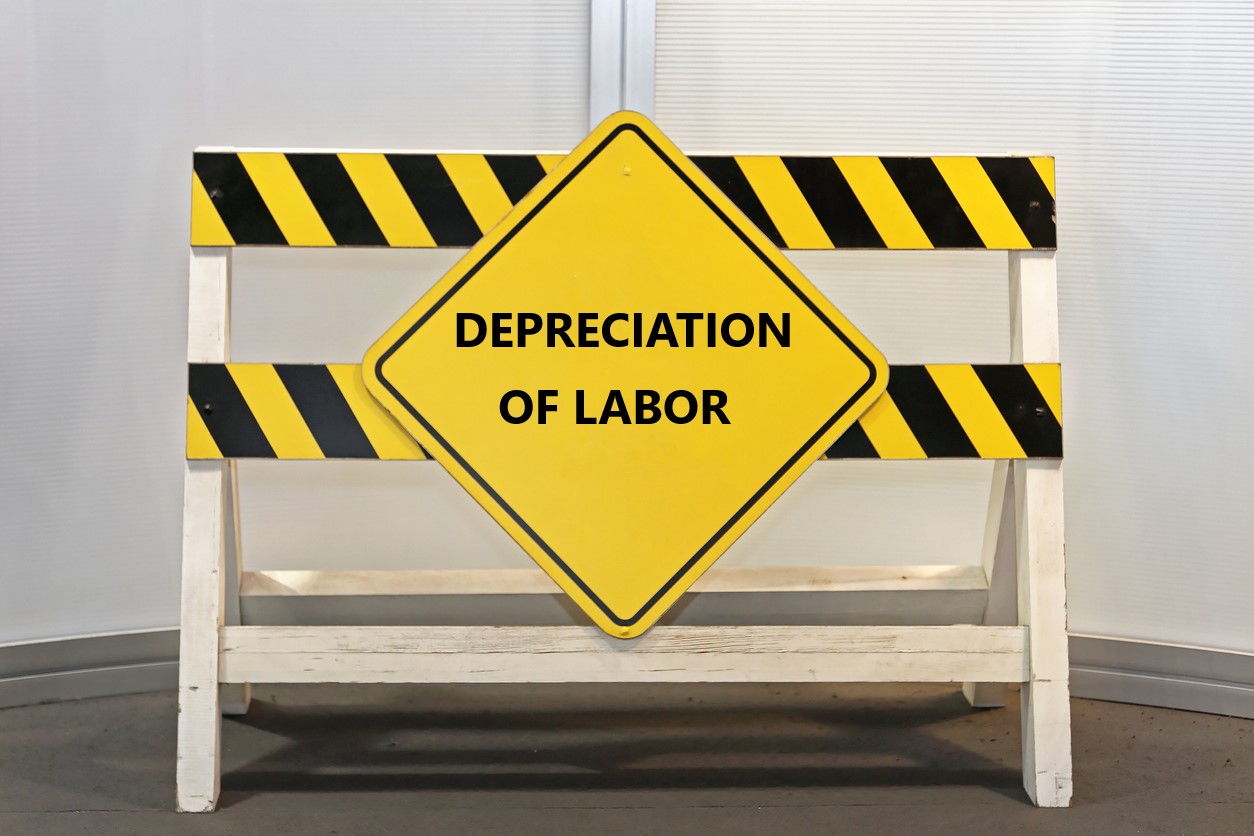How many “occurrences” took place over the course of your insurance-related loss seems like an easy question. However, depending on the type of policy you have, the number of occurrences could impact your insurance claim recovery. The language in your policy will dictate whether it is in your best interest to claim one occurrence or multiple occurrences in certain situations.
For example, in Goose Creek Consol. ISD v. Continental Casualty Company, fires were set at two different schools that were part of the insured school district. The two schools were located several blocks apart, and the fires occurred at different hours. The school district argued that there was evidence to suggest a single arsonist was responsible for both fires. The insurer paid all claims except $200,000 for two separate deductibles.
The school district maintained that only one deductible should have applied because the act of one arsonist should only count as one occurrence. The Court determined two fires separated in space and time must be attributed to two separate causal factors. The relevant policy language defined a loss occurrence as “the total loss by perils insured against arising out of a single event.” Based on that language, the Court determined a single event could not happen at two separate places when one fire did not cause the other.
This case demonstrates the power of policy language in determining the number of occurrences. And although disputes over this issue can be rare in the property insurance context, it’s important to know where you stand if you experience a loss that may have included more than one occurrence.
And a friendly reminder, Public Adjusters licensed in Texas should head to San Antonio for the 2012 TAPIA Fall Conference at the historic Menger Hotel this Thursday and Friday, October 25 & 26, 2012.
If you’re a public adjuster and you are not already a member of TAPIA, now is a good time to join and take advantage of the educational and networking opportunities available at this conference. Texas licensed public adjusters need thirty (30) CLE hours every two years.



